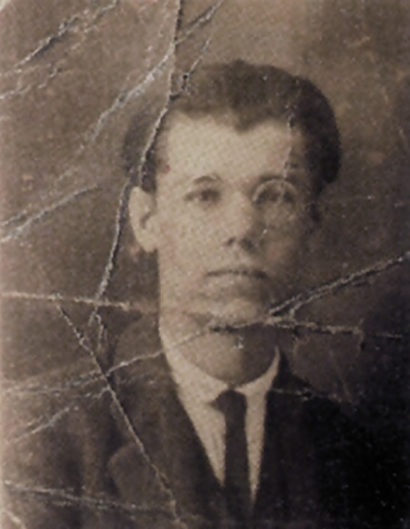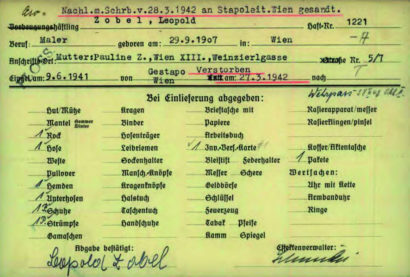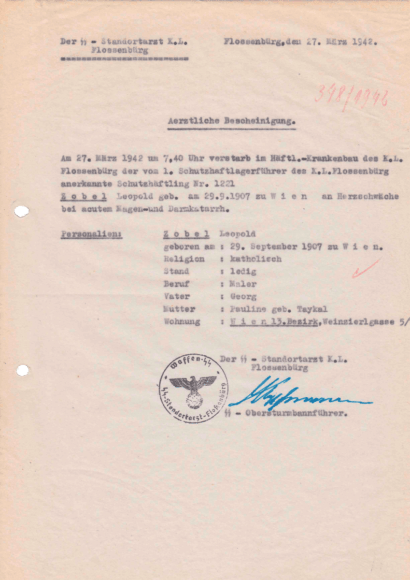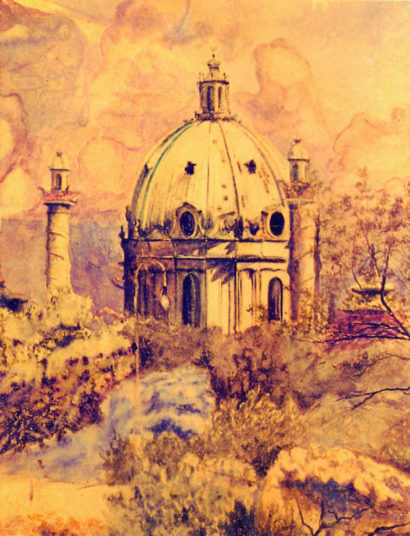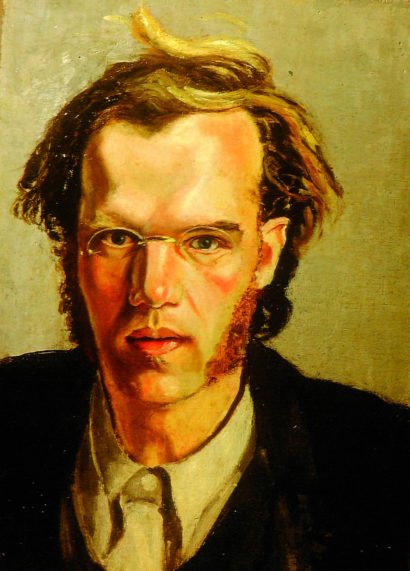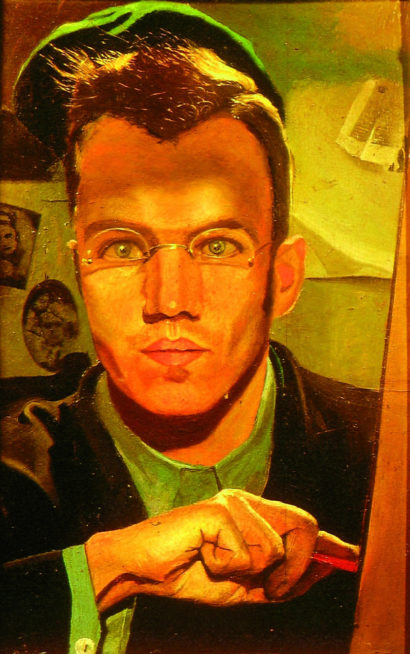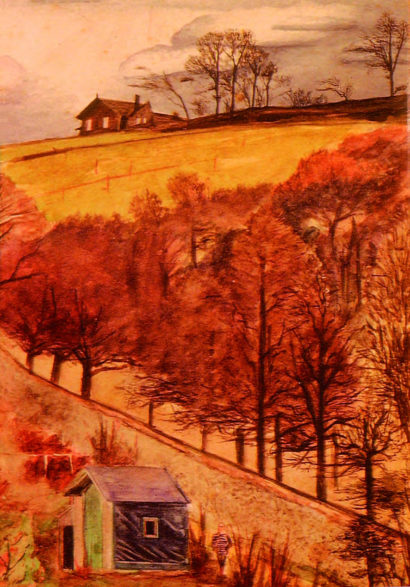Leopold Zobel
September 29, 1907 – March 27, 1942
![]()
Sole surviving photograph of Leopold Zobel, 1925 (private collection)
A Non-Conformist Life
One of twelve siblings, Leopold Zobel was born in Vienna in 1907. His father was a coachman and bricklayer, and his mother worked as a cleaner. Leopold’s gift for drawing was evident at an early age. One of his primary school teachers predicted that Leopold would “either become one of the greats or nothing at all.” Leopold dropped out of both high school and the seminary. Over his father’s objections, he devoted himself solely to art. His mother helped him obtain accommodations in a garden hut on the outskirts of Vienna, but she was unable to assist him with tuition at the art academy. Instead, Leopold Zobel eked out a living selling the milk from his two goats. He also offered his services as a portrait artist in pubs and on the street. Any earnings immediately went to purchasing more paints and paper.
In March 1938, German troops marched into Austria. They encountered no military resistance, and Austria was annexed to Nazi Germany with broad popular support. All church associations, including the Catholic youth organization in which Leopold Zobel headed an athletic group, were banned. Zobel refused to join any Nazi organizations and refused to enlist in the military on pacifist grounds. Because of his non conformist lifestyle and because he did not hold a steady job, he soon attracted the attention of various government agencies, including the labor department, the health authorities and the criminal police. Leopold Zobel’s name was then listed on an internal registry as an “asocial.” In March 1941, he was sent to a labor camp for “asocials” in Oberlanzendorf, near Vienna. He attempted to escape and was captured by the Vienna Gestapo. In June 1941, he was transferred to the Flossenbürg concentration camp. Nine months later, Leopold Zobel, who had arrived at Flossenbürg athletic and in good health, died of what the SS documents called “heart failure due to acute gastric and intestinal catarrh.”
![]()
Personal effects card of Leopold Zobel, 1941 (United States Holocaust Memorial Museum, Washington D.C.)
Upon arrival at the Flossenbürg concentration camp Leopold Zobel had to relinquish all personal items. The card bears his signature on the bottom left. A note at the top of the card also indicates that his “estate” was transferred to the Gestapo Vienna headquarters after his death.![]()
Medical certificate of the death of Leopold Zobel, March 27, 1942 (Flossenbürg Registry Office)
Most of Leopold Zobel’s paintings and other works vanished during his arrest and incarceration. Only a few, which were in family ownership, have survived.
![]()
Karlskirche in Vienna, watercolor by Leopold Zobel, undated (private collection)
![]()
Self-portrait by Leopold Zobel, oil on plywood, 1937 (private collection)
![]()
Self-portrait by Leopold Zobel, oil on plywood, 1939/1940 (private collection)
![]()
Garden hut at Hagenberg, watercolor by Leopold Zobel, undated (private collection)
The lower half of the painting depicts the hut in which Leopold Zobel lived after moving out of his family residence.
